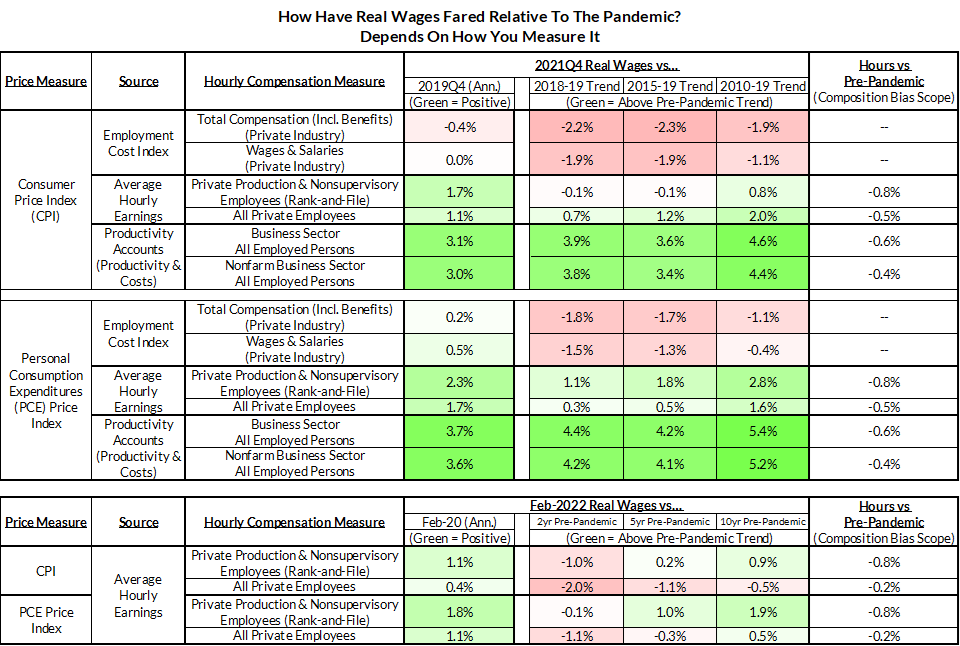Inflation
The recently-announced SPR release is the first step in a broader program to address oil price volatility in today's geopolitical environment.
Many economists and commentators disfavor reasoning about inflation from individual price increases, yet still use "core inflation" metrics, which embed reasoning about inflation from individual price increases.
Journalists can pretty much pre-write their headlines given the spike in oil prices. Year-over-year headline inflation readings are set to make new highs, potentially breaching 8% based on the food and energy impulse from what we might call the "Putin shock" to key commodities. At the same time,
Energy security has taken on new importance in wake of Russia’s invasion of Ukraine. We can use existing tools to confront these challenges without sacrificing our climate goals.
Now is the time for the Biden administration to think hard about how to encourage greater efficiency for the already elevated set of healthcare costs that the government and the private sector finance in this country.
Commentators across the ideological spectrum have argued that inequality justifies a more hawkish path for monetary policy. These arguments miss the fact that interest rate policy primarily slows consumer spending and consumer price inflation by slowing down the labor market first.
January is always a high-variance month for inflation readings and especially so for this January. We have been flagging the dynamics that were likely to grease the runway to elevated inflation prints in Q4 (which mostly materialized as described). We expect general strength in the January inflation print, primarily due
Conventional wisdom has held that rate hikes slow inflation long enough that straightforward accounts of how exactly one turns into the other are hard to find. Today, everyone needs to be on the same page about how exactly it is that Fed policy in particular can slow inflation.

